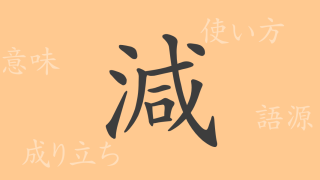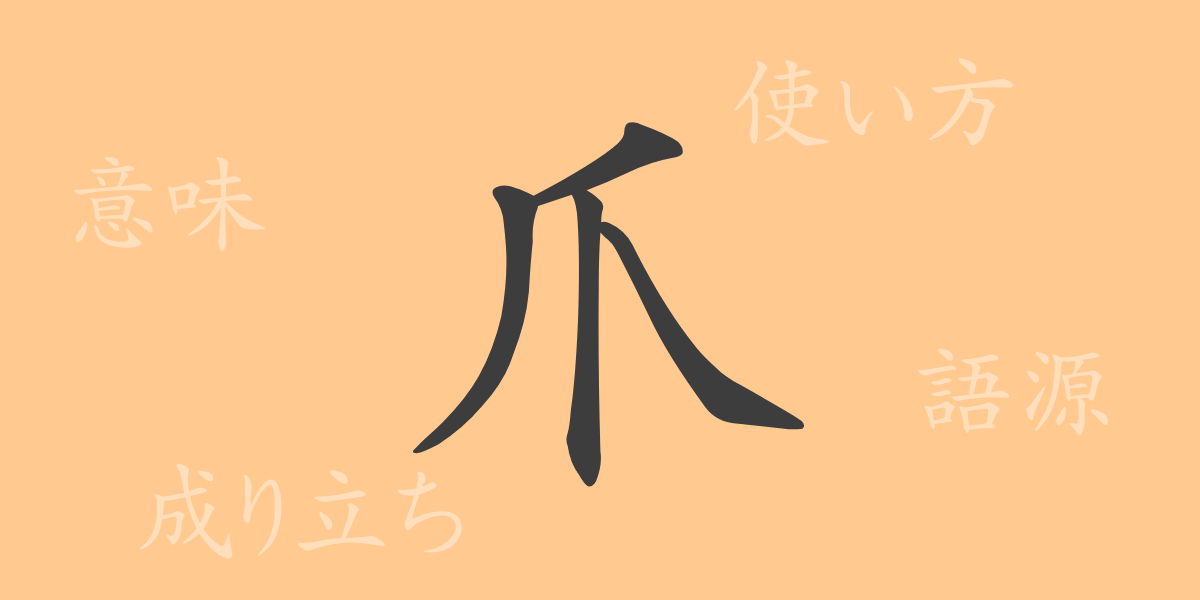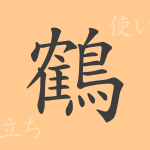Humans communicate using words, but behind this communication lies the power of characters. Central to Japanese is the use of Kanji, each bearing deep meanings and histories. ‘爪(ツメ)’, is one such Kanji intimately connected to our daily lives. This article delves into the etymology, meanings, and usages of ‘爪’, exploring its associated idioms and proverbs to uncover its allure.
Origins of ‘爪(ツメ)’
The Kanji ‘爪’ has long been used to denote the hard keratin at the tips of fingers and toes. Originating from ancient China, it developed from pictographs representing animal claws, believed to depict the action of claws digging into the ground. Over time, this form evolved into the current Kanji ‘爪’, encapsulating various meanings beyond the physical depiction.
Meaning and Usage of ‘爪(ツメ)’
While primarily meaning the hard part at the tips of fingers, ‘爪’ also finds metaphorical use. For example, phrases like ‘爪(ツメ)の垢(アカ)を煎じて飲む’ depict a superficial understanding or effort by likening it to sipping the dirt under one’s nails. Additionally, the sharpness of claws lends ‘爪’ to connotations of keen judgment or actions.
How to Read and Write ‘爪(ツメ)’
The Kanji ‘爪’ is used in various contexts within Japanese, essential to grasp its pronunciation and structure:
- Reading: On’yomi (Sino-Japanese reading) is ‘ソウ’, while Kun’yomi (native Japanese reading) includes ‘つめ’ and ‘つま’.
- Stroke Count: ‘爪’ consists of five strokes.
- Radical: The radical of ‘爪’ is itself, known as ‘つめへん’.
Phrases, Idioms, and Proverbs Using ‘爪(ツメ)’
‘爪’ features in numerous idioms and proverbs, reflecting rich expressions within the Japanese language. Some include:
- 爪を研ぐ: To sharpen one’s claws, meaning to strive for self-improvement.
- 爪の垢を煎じて飲む: To emulate someone’s admirable qualities, literally to brew and drink the dirt under one’s nails.
- 爪に火をともす: To be extremely stingy, as if lighting a fire on one’s nail.
- 爪の先ほどもない: To have barely anything at all, as small as the tip of a nail.
Conclusion on ‘爪(ツメ)’
Each Kanji, including ‘爪’, carries its own history and meanings. While ‘爪’ is routinely used in everyday language, it holds a backdrop of evolution and diverse applications since ancient times. This article aims to deepen understanding of ‘爪’, enhancing appreciation of the richness of the Japanese language.

























